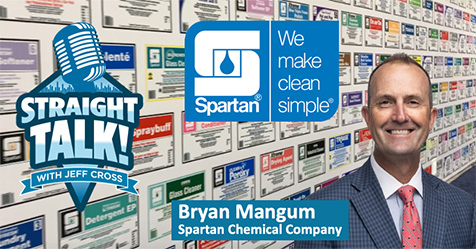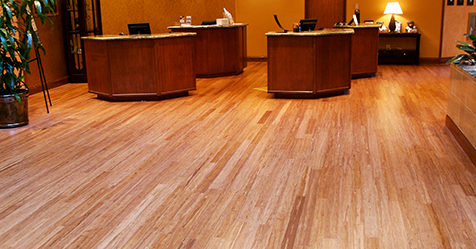Door Handles Top List of 10 Germiest Office Areas
A U.K. study has found that many places within an office are far germier than restroom surfaces.
A recent study by U.K. office furniture supplier, Furniture At Work, has revealed the top dirtiest and most harmful areas within offices—and you might be surprised to learn that toilet seats are not on the list.
In fact, five of the top germiest areas can’t even be found in a restroom. Instead, surfaces within office kitchens appear to be of bigger concern.
Door handles, with 30 times more bacteria than a toilet seat, more topped the list for 2023. Office sinks followed in second place, with 23 times more bacteria; microwave doors were third, with 19 times more bacteria; mobile phones were fourth, with 16 times more bacteria; and water kettles were fifth, with 13 times more bacteria.
Not until you get to the sixth spot is there something located in restrooms—restroom faucets carry 11 times more bacteria than a toilet seat.
In the last four places were office chairs (10 times more bacteria than a toilet seat), kitchen refrigerators and desk phones (tied, with nine times more bacteria), and computer keyboards (eight times more bacteria).
To draw its conclusions, the company used a Hygiena ATP Monitoring System, commonly used in hospital and health care facilities, to collect at relative light unit (RLU) reading. The RLU reading directly correlates to the amount of adenosine triphosphate (ATP) on a surface. ATP can be found in all organic matter. So, when an RLU reading is high, that means the amount of ATP on a surface is also high, which indicates the presence of bacteria.
The yearly cost of workplace absence due to illness in the United Kingdom is over UK£29 billion—equivalent to more than US$35 billion. In 2021, U.K. employees took 150 million sick days. Furniture At Work has suggested the following ways to keep all office areas cleaner and safer:
1. Use indoor plants to kill airborne viruses.
According to Furniture At Work, studies have shown that plants growing in soil are highly effective at removing indoor air pollutants.
2. Clean regularly.
As obvious as it might seem, cleaning needs to occur regularly and often.
3. Use antibacterial products.
Killing germs requires more than a simple wipe down with a wet cloth. Use antibacterial products that are designed specifically to remove bacteria and other germs. Check out Increase Your Knowledge, Improve Your Cleaning to learn more on using cleaning products correctly.
4. Don’t forget the less obvious areas.
Make sure cleaning teams hit the listed top 10 office hotspots, which might easily get ignored or forgotten.
5. Wash and sanitize your hands.
To keep from passing bacteria between office surfaces and co-workers, wash hands and use sanitizer regularly. Keep sanitizer in convenient spots throughout the office.

